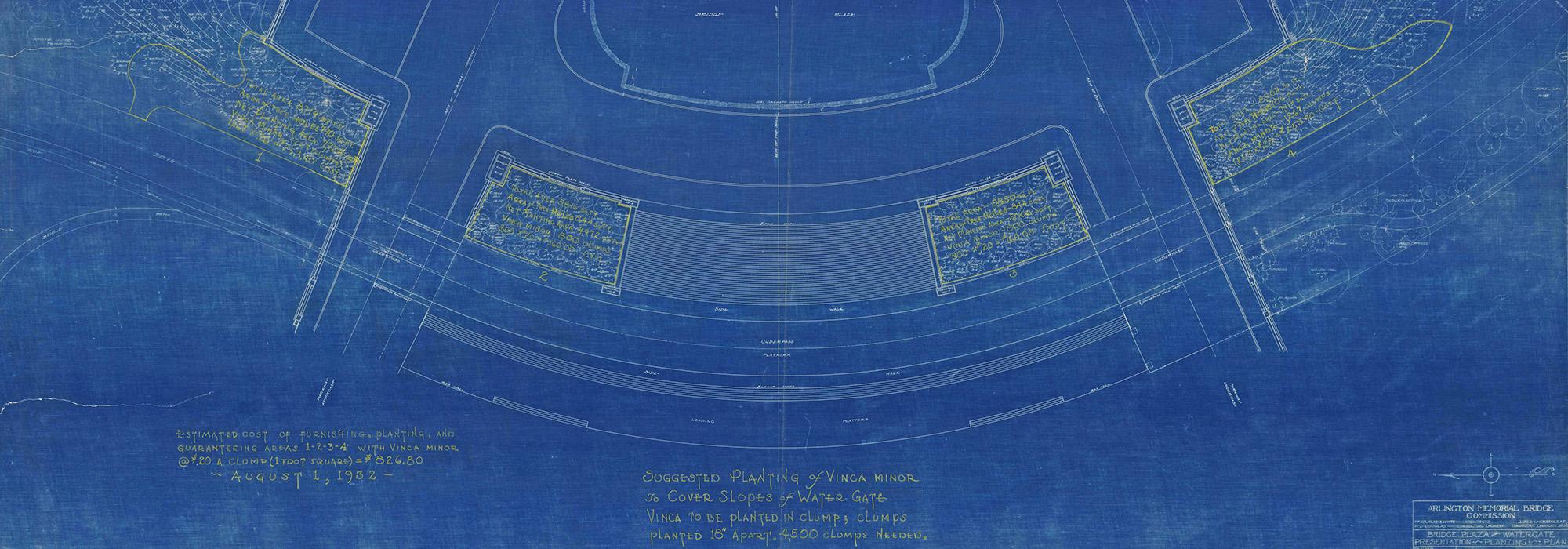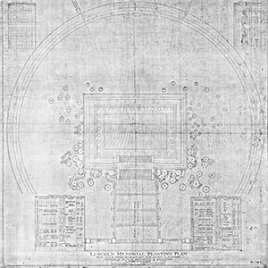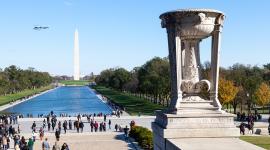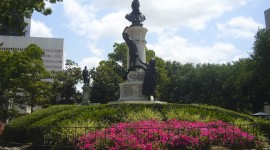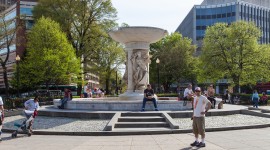Pioneer Information
A native of Farmington, New York, Payne received his undergraduate degree in Landscape Design from the University of Michigan in 1911, when the program’s chair was Aubrey Tealdi and its faculty included O. C. Simonds. Following these initial studies, Payne went on to Harvard University’s School of Landscape Architecture in 1917. That same year he was also employed by Olmsted Brothers, likely the results of having come into contact with Frederick Law Olmsted, Jr. at the design school. He would also overlap briefly with Thomas Jeffers at this time who was employed at the Olmsted office until 1917.
Following his short time at Harvard, Payne entered the public sector where he would spend the rest of his career. He began at the Office of Public Buildings and Grounds in 1918 (earning $200/month) where he would work until taking a leave of absence in 1921 to continue his education at Cornell University’s summer school.
Over his 32-year career, Payne served as a landscape architect at the National Capitol and National Capitol Parks and Planning Commission and at its predecessor agency, The Office of Public Buildings and Public Parks (both with Thomas Jeffers). In this work, Payne, continued to engage with Frederick Law Olmsted, Jr., first with Olmsted’s involvement on the Commission of Fine Arts (1918) and later at the National Capitol Planning Commission (1918-1932). The projects in which Payne interfaced with Olmsted, Jr., are often challenging for assigning precise authorship. These include the Arlington Memorial Bridge, Lincoln Memorial, and Rock Creek Parkway. Payne was also involved with a number of spaces that were part of the original L’Enfant reservations including Franklin and Lafayette squares, Triangle Reservation 309b (Asbury Memorial), and Dupont, Grant, Sherman and Thomas Circles. He passed away in Bethesda, Maryland on July 10, 1950, and was buried in Puritan Lawn Memorial Cemetery, Massachusetts, a rare memorial park cemetery designed by the Olmsted firm from 1934-1968.



